CaptionHub uses AI voice recognition to auto create, translate and place subtitles
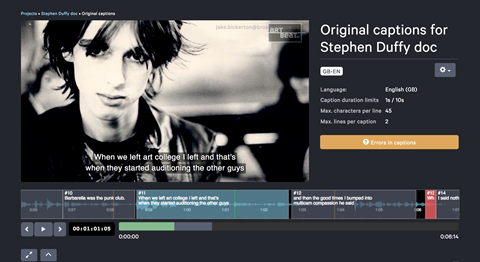
Automatic subtitling and translation service CaptionHub, which uses Artificial Intelligence (AI) to auto transcribe speech-to-text, create and position subtitles and translate them to any language, has launched.
When a video is uploaded to the web-based service, it automatically scans and marks the edit points and uses these as place markers for each subtitle.
You then have the choice to either import a pre-prepared transcription, which is matched up to the video using voice recognition, or you can choose fully automated subtitling.
With this, CaptionHub uses the voice recognition AI engine to transcribe the dialogue and creates and then places the subtitles using the edit points it created during import.
You can select a number of criteria for the subtitles, including the minimum and maximum caption duration and the maximum number of lines per caption.

The subtitles created by CaptionHub can be manually edited and formatted, if required, and you can also alter when each subtitle appears on the screen and the position of the subtitles on the screen.
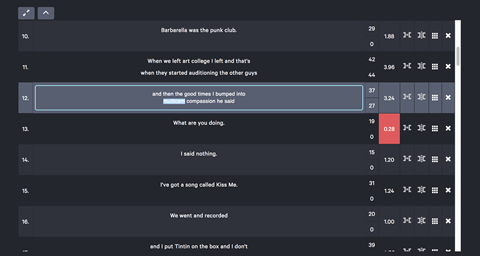
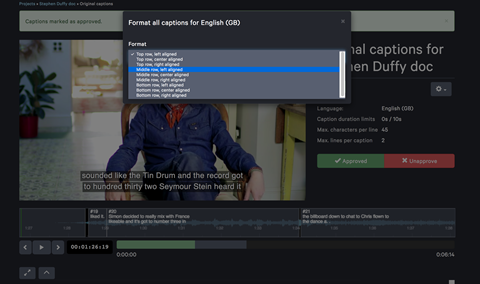
Once you’re happy with the subtitles, it is possible to translate them into any language.
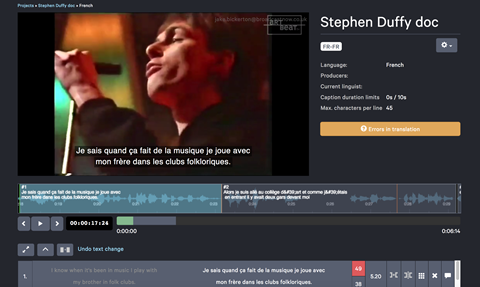
It took CaptionHub around 1-2 minutes to create the subtitles and each language version for a five-minute video I uploaded to the system. The results from the AI were also fairly accurate, with only a little updating and amending necessary to correct the occasional mistake with the transcription.
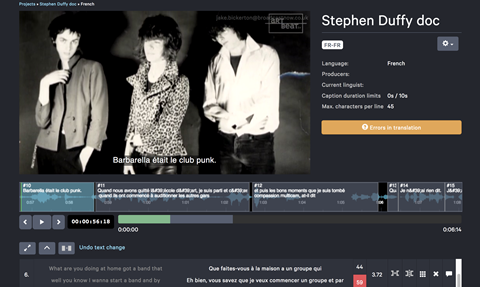
Videos can be exported with burned-in subtitles or the subtitles can be saved in a long list of different file formats (including srt and sub).
The software also includes workflow tools to enable you to restrict who can review and approve the subtitles.
It’s a monthly subscription to use, with prices beginning at £52 a month for up to 90 minutes of subtitling.
To find out more and see a demo of CaptionHub, click here.
































No comments yet